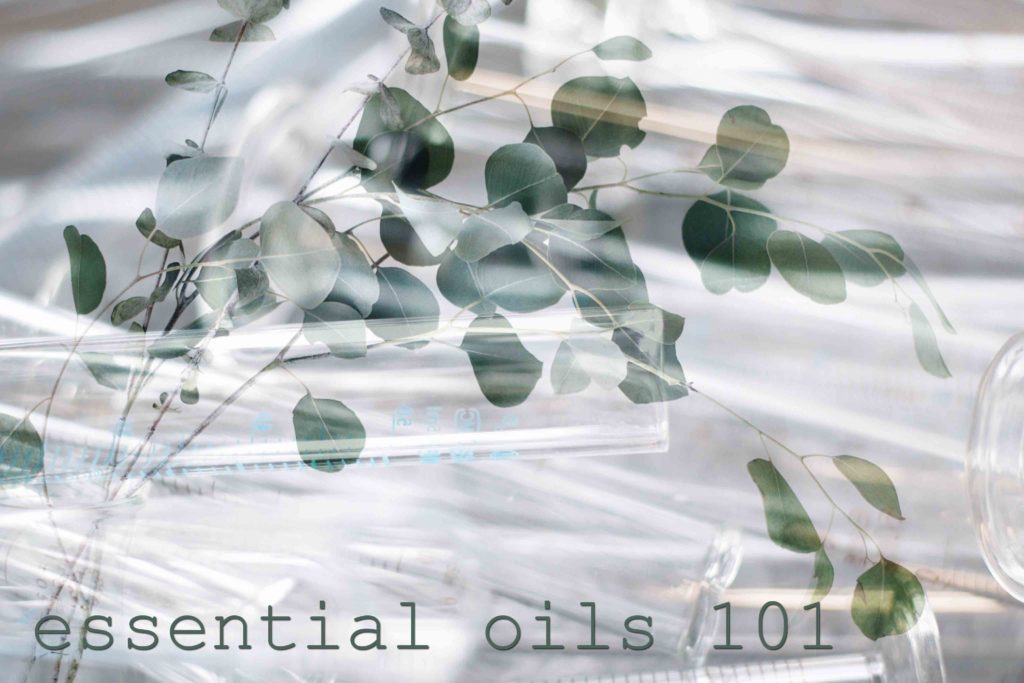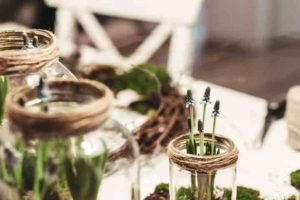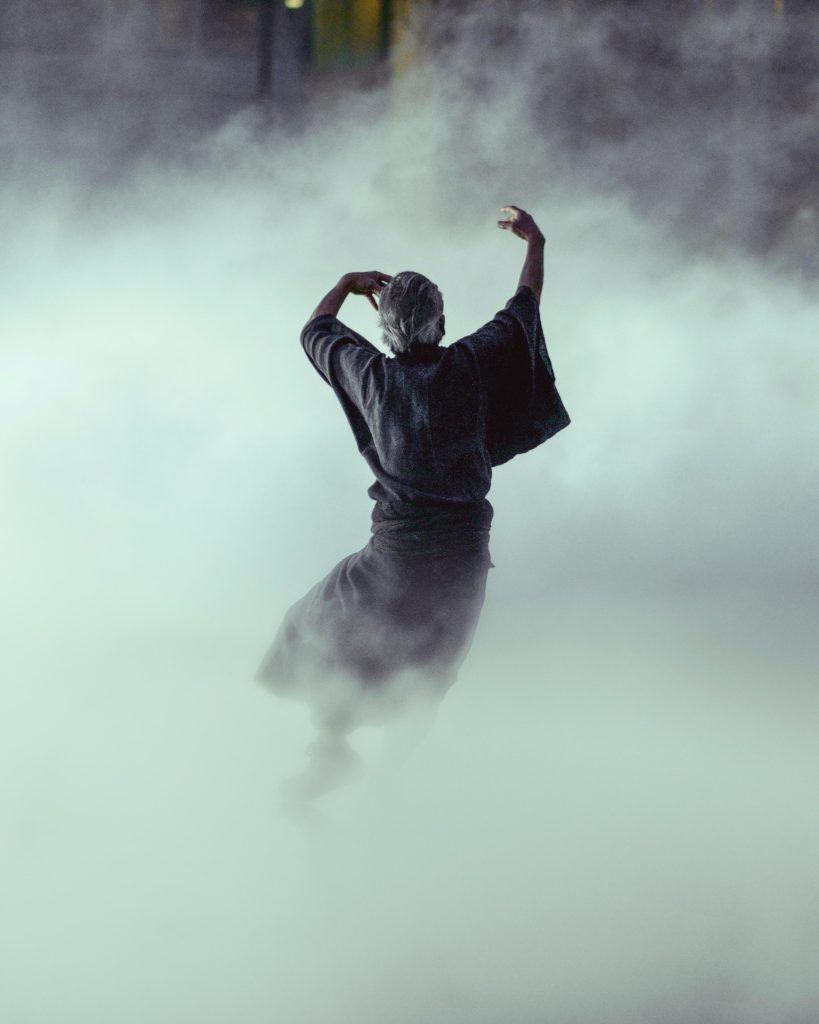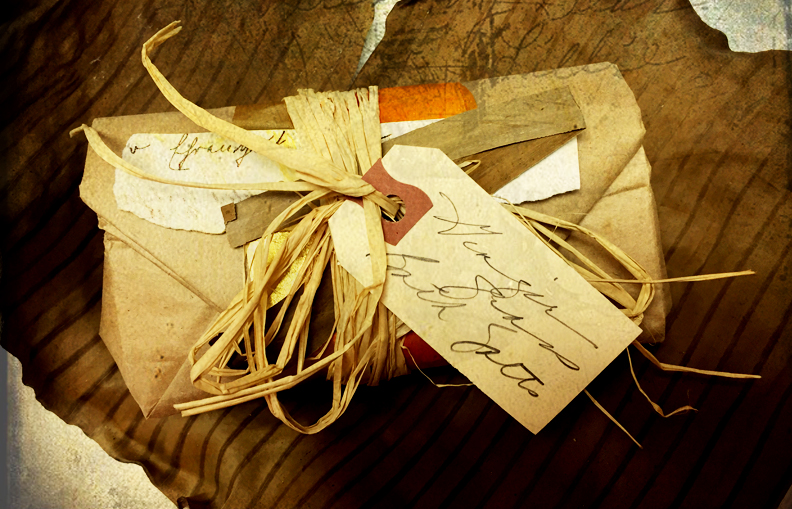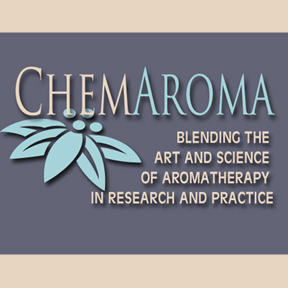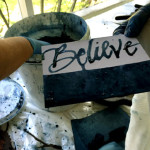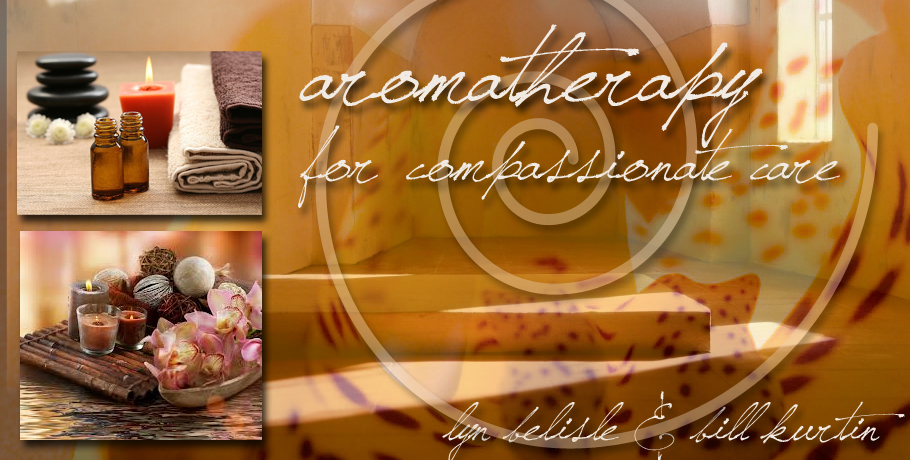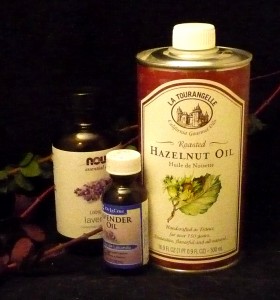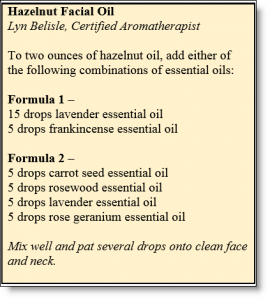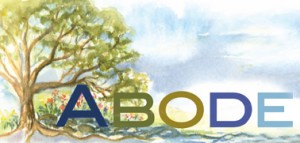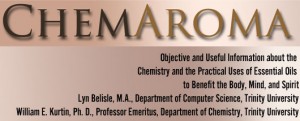I’m taking a bit of a shortcut in this post and stealing it from our Inside the Enso blog. It’s a new offering from the online residency program called The Enso Circle that Michelle Belto and I began building together at least ten years ago and is now opening its ninth term in January. You can subscribe to the blog without being a member of The Enso Circle. It’s designed to give you an idea of some of our discussions with the Artists-in-Residents – like this one on Sacred Scents!
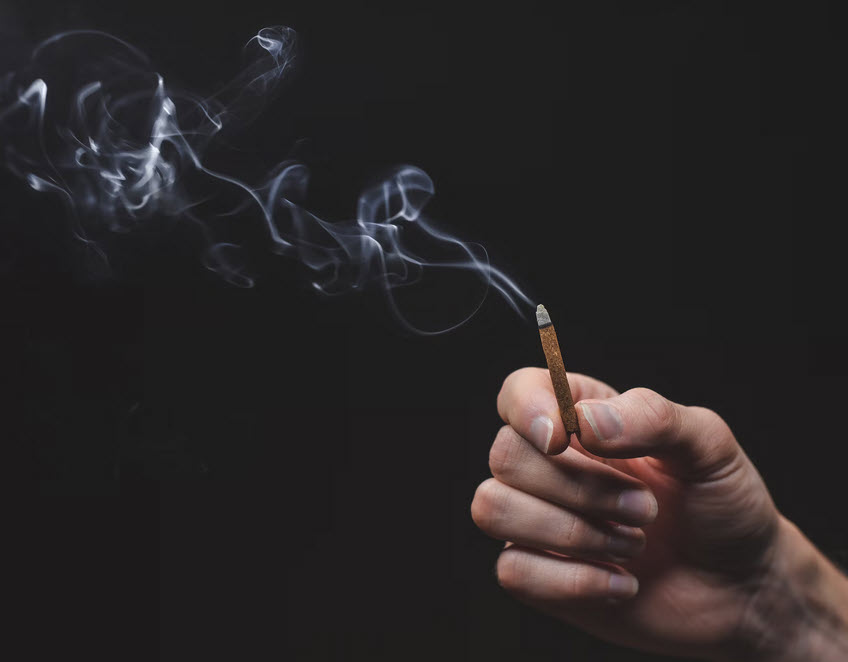
___________________________________________________________________
Scents and aromas have been part of sacred spaces for over 5000 years. Originally, perfumes were used in sacred shrines in conjunction with burnt offerings. People burned precious scents such as frankincense and myrrh on their altars. Soon, people began using these rare perfumes on their own bodies and associating scent with spiritual experiences.
Creating a sacred space with the assistance of essential oils, incense, and natural scents is a personal and customizable practice. The scents you choose, the rituals you incorporate, and the intentions you set all contribute to the unique and sacred atmosphere you want to create.
Here are some cross-cultural versions of sacred scents that have endured:
Copal Incense: Copal incense is a resin incense that has been used in Mesoamerican rituals for centuries. It is known for its strong, earthy, and slightly citrusy scent. Copal incense is typically burned on the altar to purify the space, create a welcoming atmosphere for the spirits, and to help lift the prayers and messages to the spirit world. The aromatic smoke is believed to be a bridge between the two realms, helping the spirits find their way.
Below is a very short video about how to burn Copal resin incense from Quetzalcoatl Music Guillermo Martinez.
Source for Copal
Lavender Essential Oil: Lavender’s name traces back to the Latin verb “lavare,” which means “to wash.” This essential oil provides spiritual protection by metaphorically cleansing your spirit. Lavender essential oil has the potential to dispel feelings of depression and aids in regulating our emotional well-being. It is the go-to choice for meditation due to its calming and soothing properties. Lavender essential oil is a valuable tool for enhancing your meditative focus and achieving a deeper state of inner tranquility. Sprinkle one or two drops on your altar cloth or use a mist of 20 drops of lavender oil to 2 ounces of water as a purifying mist.Source for Lavender Essential Oil
Hand-gathered Smudging Bundles for Purification of Spaces
Smudging with sage or cedar is a centuries-old ritual deeply rooted in Native American and Indigenous cultures. It involves burning bundles of dried sage or cedar leaves and using the fragrant smoke to cleanse and purify a space, object, or person. Sage is often associated with purification, clarity, and wisdom, while cedar is believed to offer protection and grounding energy. The ritual is typically performed by lighting the bundle and waving it gently, allowing the smoke to waft through the area while setting intentions for cleansing negative energy and promoting positive vibes. Smudging is not only a practical act but a spiritual one, fostering a sense of balance and reverence for the natural world.
You can make this even more meaningful by gathering your own plants for smudging bundles. You become part of the sacred process from beginning to end. Here are directions that we wrote for you about how to make your own Smudge Bundles. They take about two weeks to dry, so practice mindfulness and patience.



